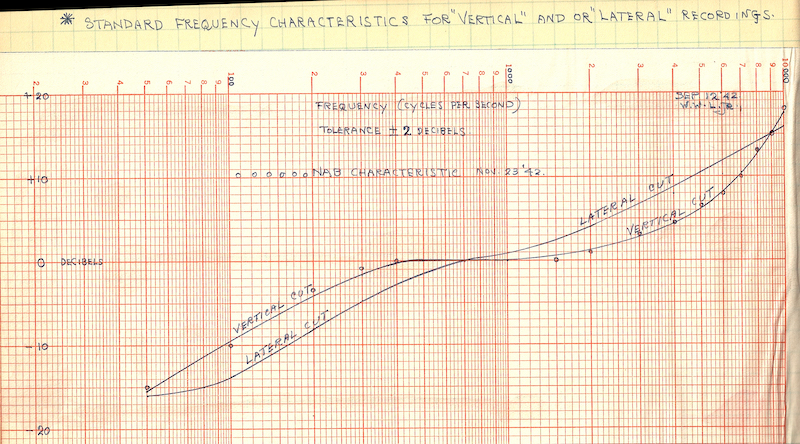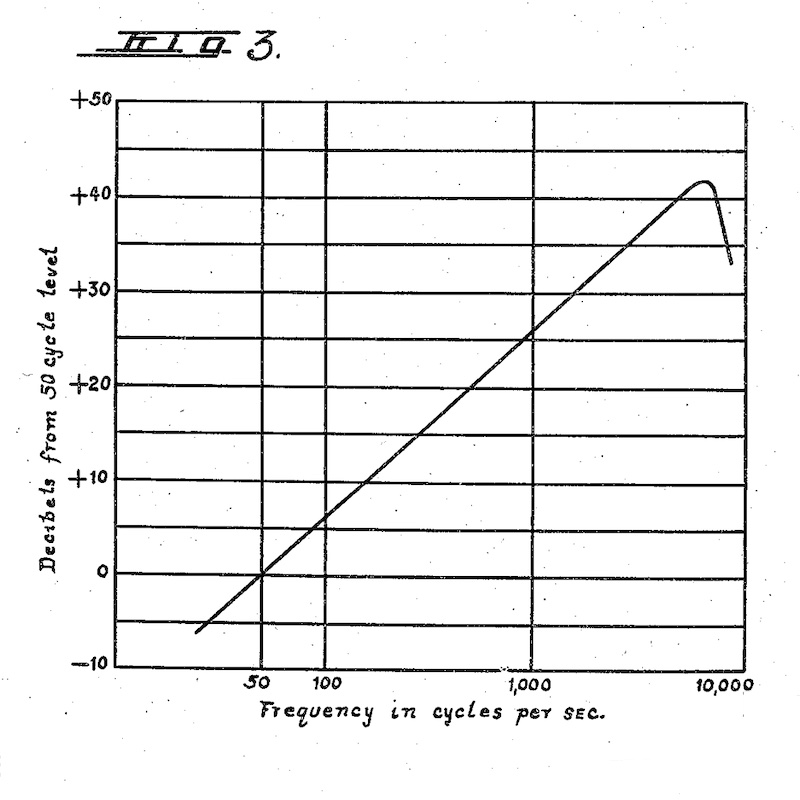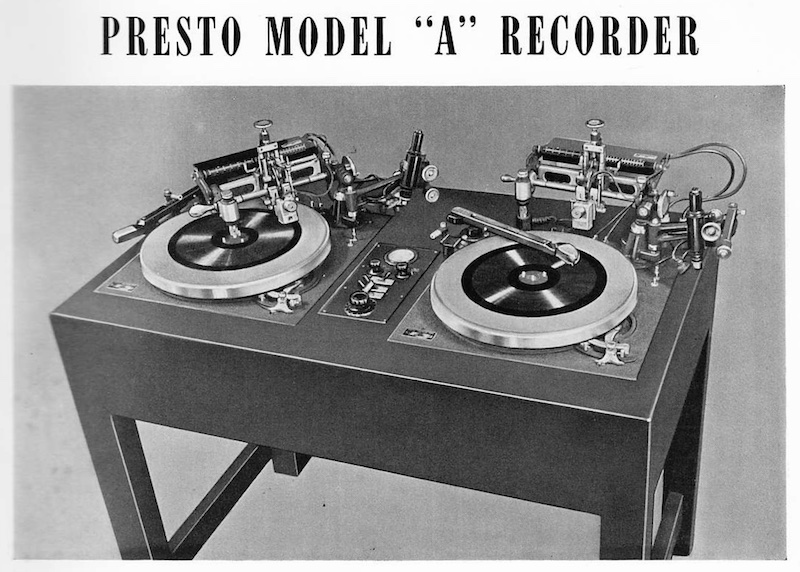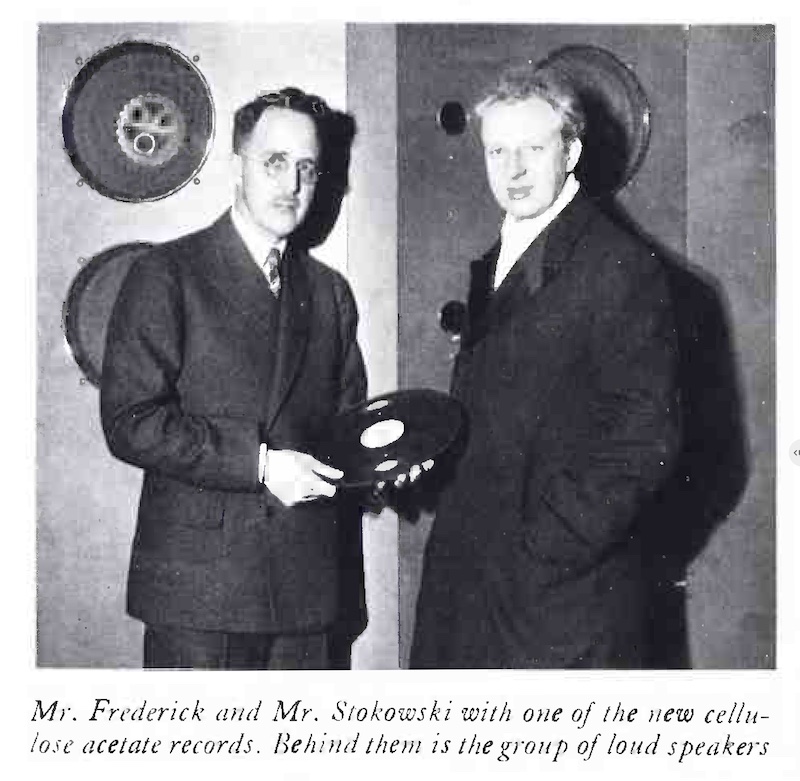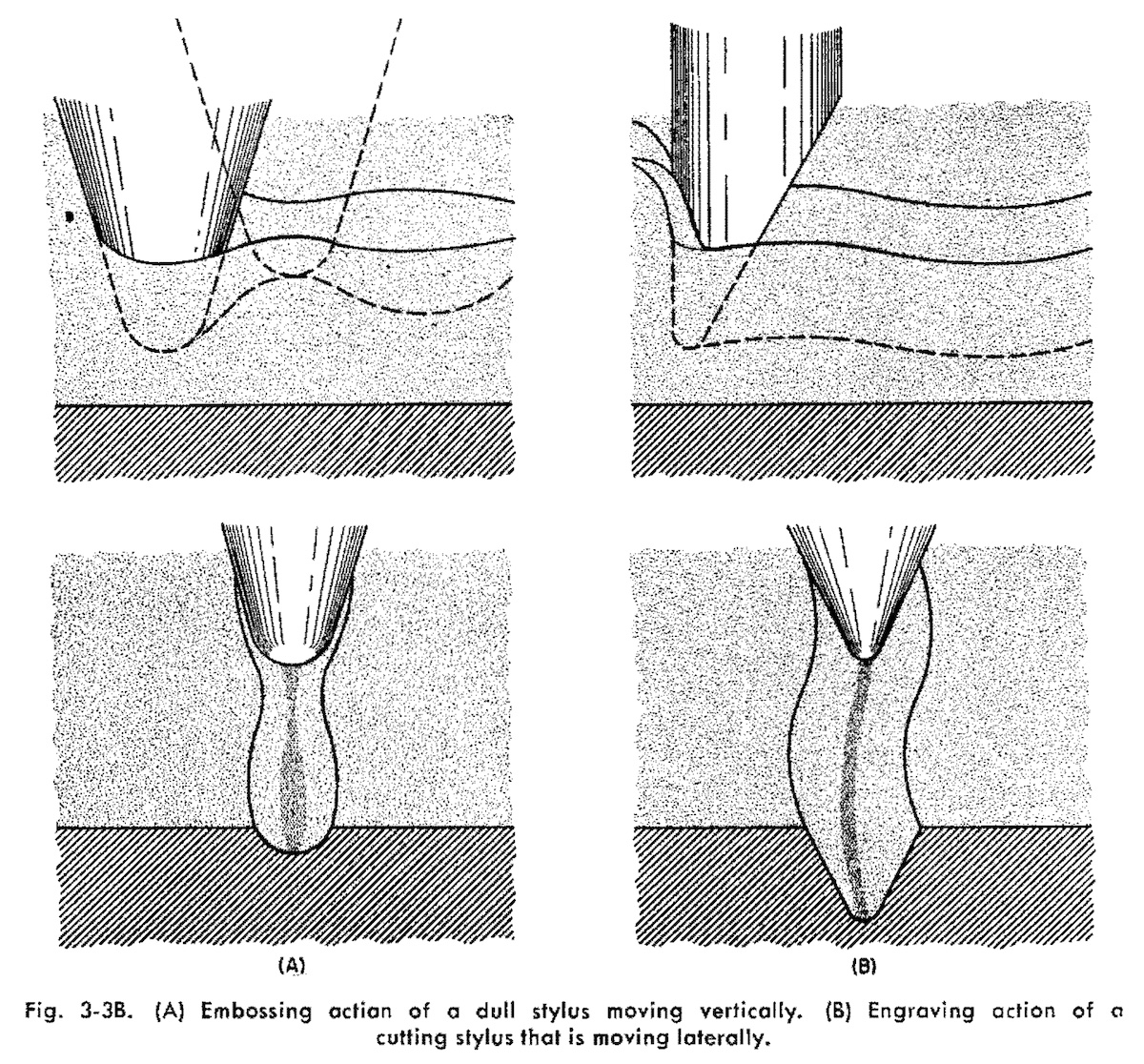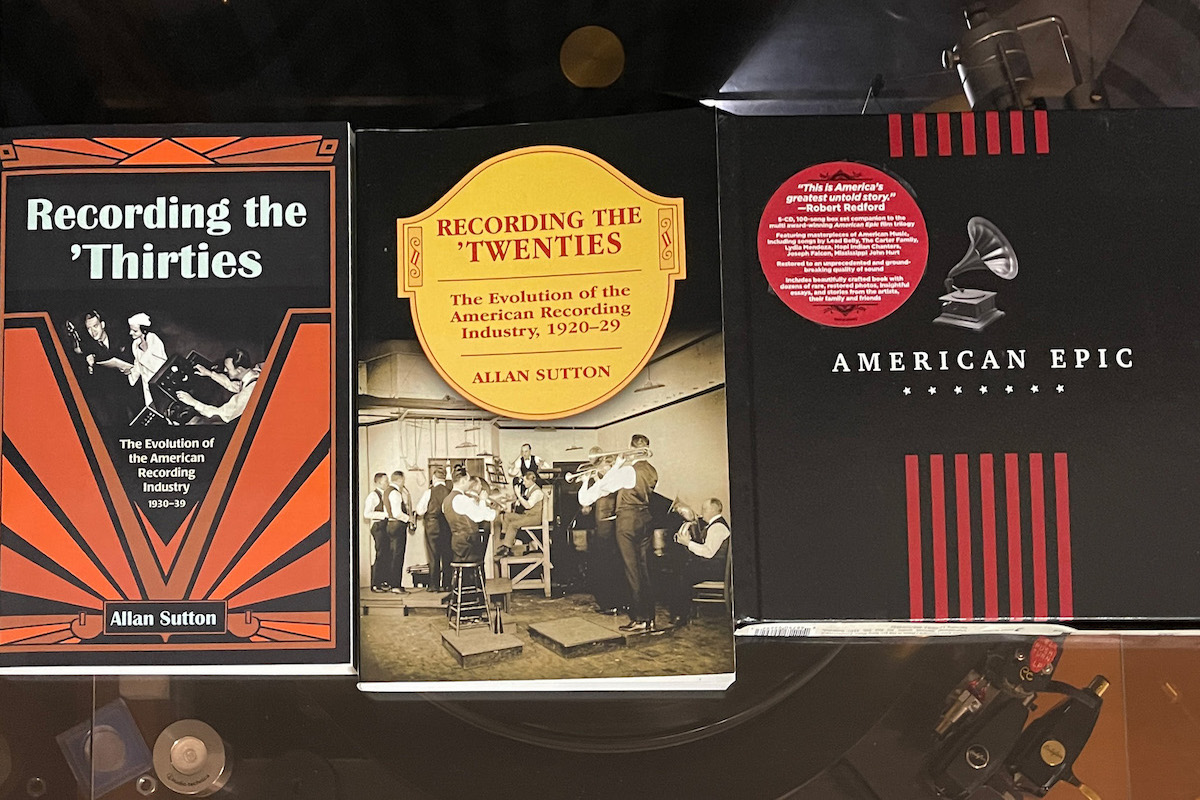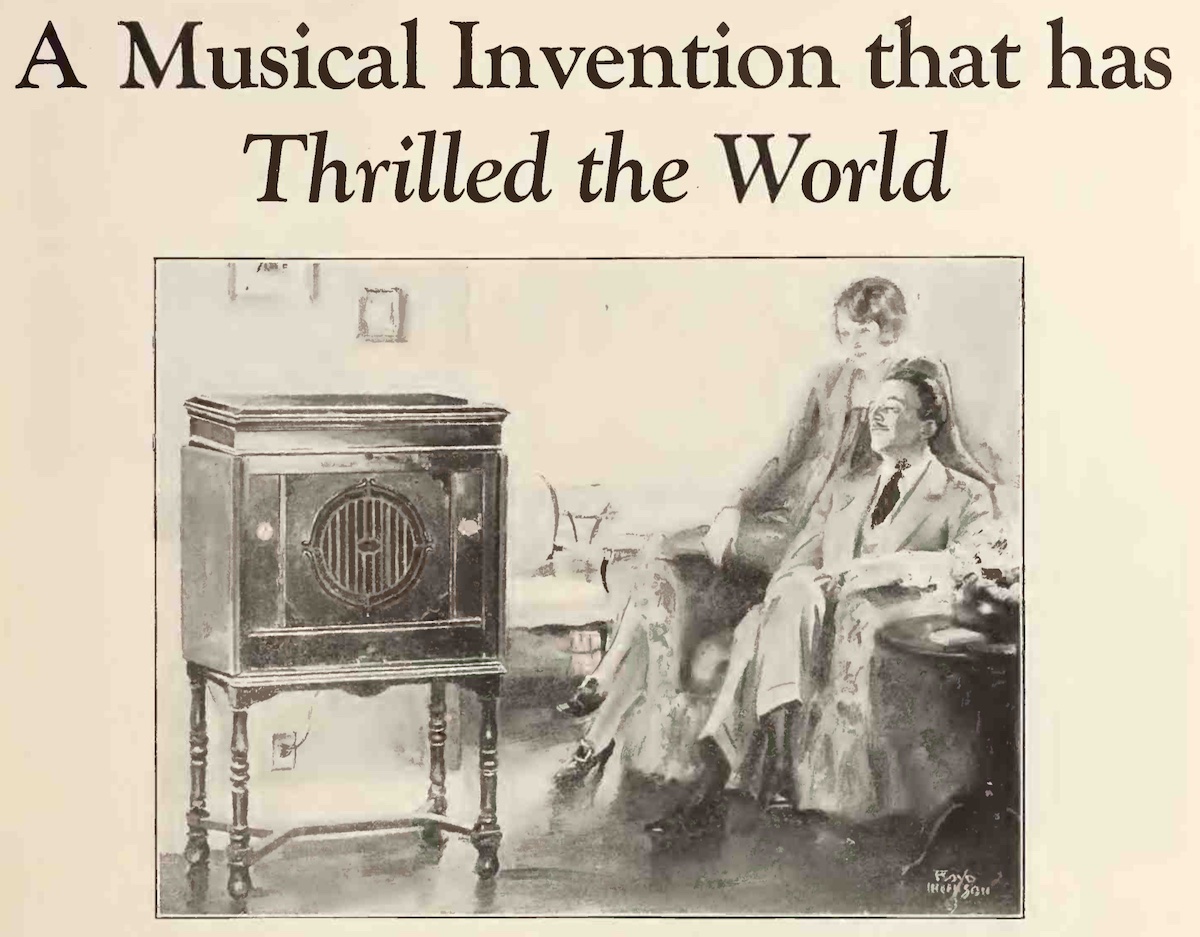Things I learned on Phono EQ curves, Pt. 10
EQカーブの歴史、ディスク録音の歴史を学ぶ本シリーズ。前回 Pt.9 では、1940年代に市販用シェラック盤がどのような設定で聴かれていたか、そしてどのように記録されていたか、を調べました。
On the previous part 9, I studied on the settings and the trends of how the commercial shellac records were reproduced (and recorded) in the 1940s.
今回はその続きで、戦後のさまざまな動き、特にマイクログルーヴLP登場前後の NAB規格改訂(1949年) についてみていくことにしましょう。EQカーブに関する話も、ますます具体的になり増えてくることになると思います。
This time, I am going to continue learning the history of disc recording – some of the notable discussion after WWII, especially the 1949 revision of the NAB Standards, around the advent of microgroove LP records. More detailed stories on equalization curves will hopefully included on this Pt.10 and the following parts.
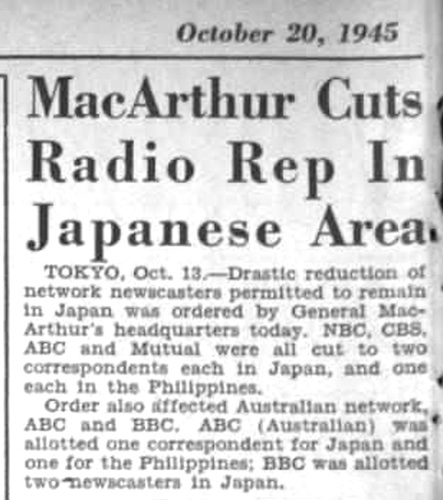
source: “MacArthur Cuts Radio Rep In Japanese Area”, The Billboard, Vol.57, No.42, October 20, 1945, p.4


